Table of contents [hide]
OPTIONAL CASE AND PRESSURE IN NORMAL CASE
Here only the closed compartments along a limb (arm, forearm, ...) because the fascia is localized and contains some muscle bundles with or without nerve bundles.
For example:
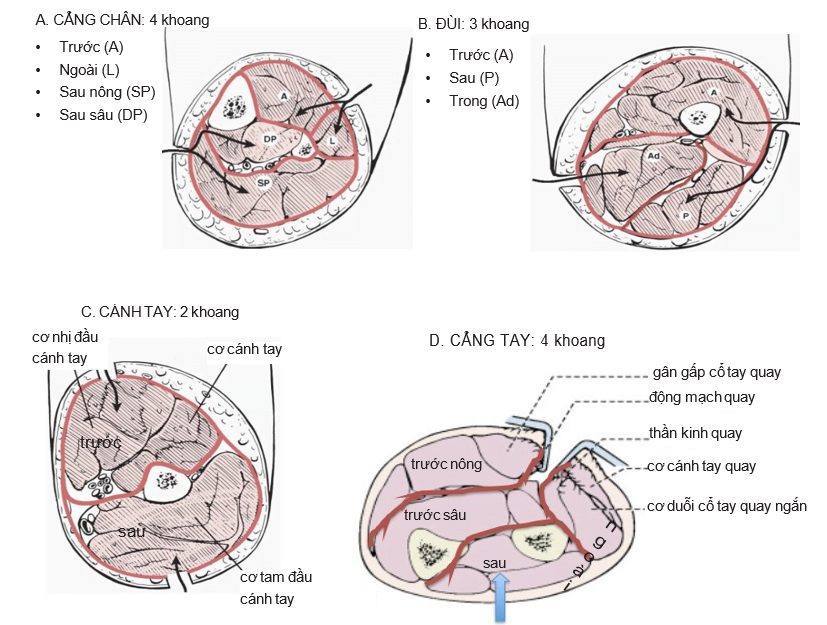
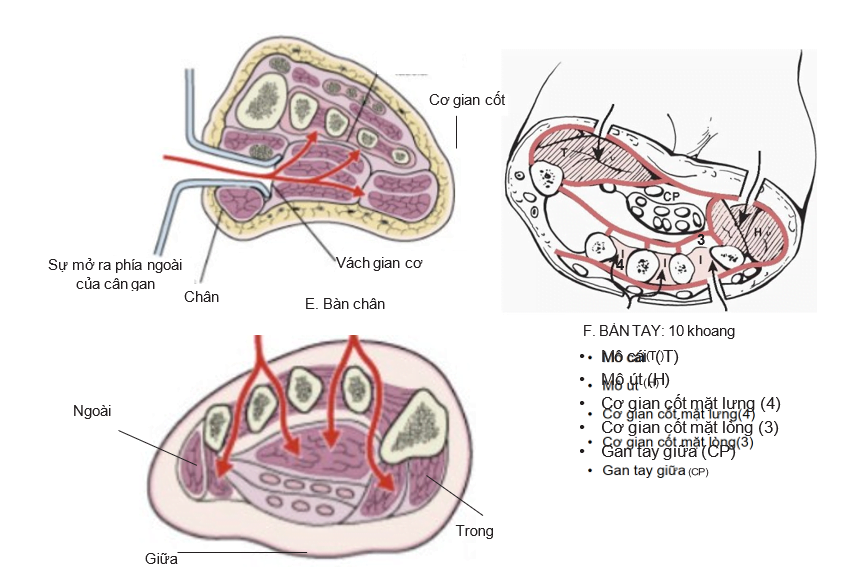
Figure 16.1. Several anatomical compartments of the upper and lower extremities (A → F)
Normal healthy compartment pressure is 0–5 mmHg. When voluntary muscle contraction is stopped: the pressure increases to 50 mmHg and then drops to 30 mmHg, only 5 minutes later returning to the initial normal value (Murabak, 1976).
DEFINE
- Cavity compression refers to an elevation of pressure in one (or more) compartments that reduces blood flow through the cavity, leading to ischemia.
- Pathophysiology:
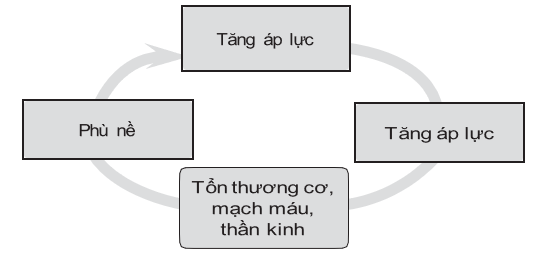
Figure 16.2. Pathophysiology of compartment syndrome
-
- Arteriovenous gradient theory: LBP = (Pa – Pv)R
- Pressure: P> 30 mmHg then decompress.
- Prolonged high pressure will cause:
- Muscle injuries
- Nervous disorders
- There are two types of compartment compression: acute compartment compression and chronic compartment compression.
- Acute compartment compression is a type of severe, rapid, acute compartment compression caused by strong trauma (fracture, ...), if the cavity is compressed for a long time, the lesions will not be able to heal themselves.
- Two factors worth noting are:
- High pressure
- The compression time is prolonged.
SYMPTOMS OF COMPRESSION OF COMPRESSION OR COMPRESSION IN traumatic fractures
accounted for the highest rate: 45% total acute compartment compression (Muraback, 1981). In which, compression of the lower leg compartment accounts for the highest percentage (McQueen et al; JBJS Br, 2000).
Table 16.1. Frequency of compartment compression according to fracture and trauma site

CLASSIFY
People distinguish two stages of cavity compression:
Threaten compartment compression
Manifested by the only clinical symptom is PAIN:
- Natural, intense, increasing pain
- Pain when touching the surface of hard and shiny skin in the area of the pinched cavity
- Pain on passive stretching of the muscle located in the compressed space
- Pain unresponsive to medications and analgesics.
Visible cavity compression
When the above pain signs are accompanied by neurological signs: Over time, in turn, see:
- Feeling numb, ants crawling
- Decreased sensation
- Dyskinesia (weak muscle movement) is a sign of too late (unreversible) compartment compression.
The above classification allows the diagnosis of compartment compression complications (although the pressure in the cavity has not been measured). However, to decide how to treat cavity compression must be based on two factors:
- Cavity compression time
- Specific pressure.
TIME OF SELECTING CAPACITY
- The time to compress the cavity was counted from the first sign (natural pain) to when it was discovered by examination. If the victim did not say exactly when the pain started, it was calculated from the time of the injury until the CEK complication was discovered.
- The time of discovery of compartment compression can range from 2 hours to 6 days after injury.
- The cavity compression time of 6 hours is considered as the threshold value; If CEK lasts < 6 hours, there is high hope of successful conservative treatment, compartment compression lasts 6 hours, there is an indication for decompression surgery (25% decreased nerve response to electrical stimulation: no recovery. ).
- The critical time of compartment compression is about 15 to 36 hours after trauma: then the pressure in the cavity is at its maximum (Scola et al., 1991).
- In summary, there are three important timelines:
- 6 hours: is the limit between conservative treatment and decompression surgery
- 6 – 15 hours: The surgery makes a wide incision in the skin and safely decompresses the fascia, keeping the limb
- > 15 hours: amputation (?) to save the victim's life.
STOP OF PRESSURE IN CAVE
The aforementioned clinical signs and timescales of compartment compression are sufficient to diagnose most cases of compartment compression and select appropriate treatment. In a small number of cases where the above signs cannot be exploited (coma victims, children) it is necessary to measure the pressure in the compartment.
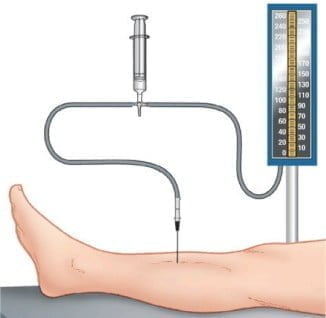
Figure 16.3. Measurement of cavity pressure according to Whitesides . method
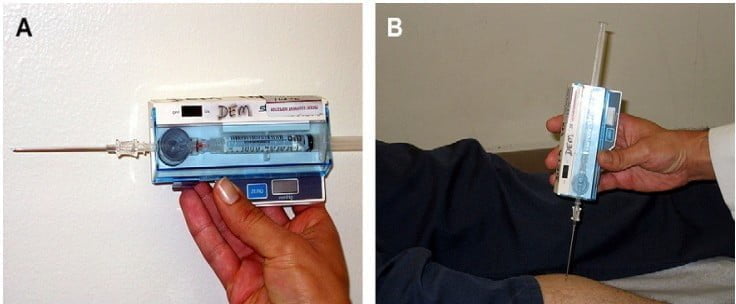
Figure 16.4. Pressure measuring instrument Stryker Kit
If the intra-cavity pressure is <30 mmHg, the lesions may heal spontaneously. Exceeding that value, a part of muscle suffers caseation. Pressures in the range of 30 mmHg are considered to be the threshold between conservative treatment and surgical decompression.
DIAGNOSE
Need to determine:
- There is compression of the cavity
- How many compartments are compressed (see motor symptoms for the number of compartments in each limb).
The clinical symptoms of each of the above stages are sufficient for the diagnosis. However, it is necessary to determine how long it takes to compress the cavity to choose the appropriate treatment.
TREATMENT
During the period of threat of compartment compression and compression time < 6 hours
Conservative treatment, including:
- Remove external causes of compression (bandages, tight casts, removal of sutures and fascia, etc.)
- Give analgesics, block the limb with a solution of novocaine 0.25%
- Monitor the evolution of compartment compression hour by hour.
Cavity compression from 6 am to 15 pm
Immediate surgery is required: wide incision of skin and fascia to decompress. The dead tissue must then be excised (simultaneously or in two) to fight infection.
Cavity compression > 15 hours
Consideration should be given to surgical decompression and amputation. Sometimes decompression surgery causes prolonged cardiovascular collapse or anuria renal failure, requiring early amputation to save the victim's life.
Regardless of the treatment of compartment compression, it must be treated at any stage trauma shock early and effective.




